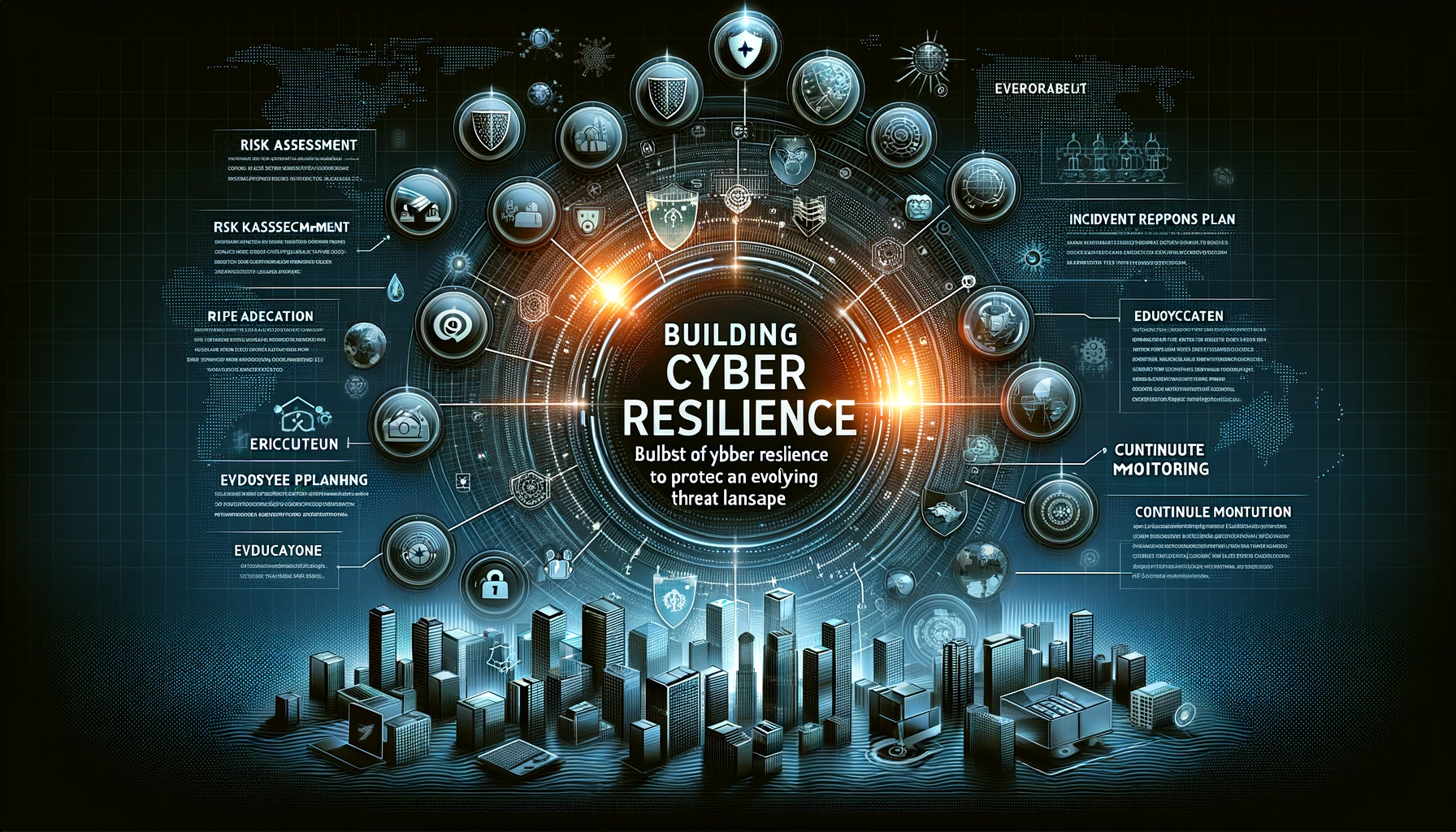
Building Cyber Resilience: Protecting Your Business in an Evolving Threat Landscape
In today’s digital world, cyber threats are becoming increasingly sophisticated, posing significant risks to businesses of all sizes. To withstand these evolving threats, organizations need to embrace the concept of cyber resilience. Cyber resilience refers to an organization’s ability to prepare for, respond to, and recover from cyber attacks while maintaining essential functions and protecting sensitive data.
The Importance of Cyber Resilience
Cybersecurity breaches can have devastating consequences, including financial losses, reputational damage, and legal implications. Traditional security measures alone are no longer sufficient to safeguard businesses against advanced cyber threats. This is where cyber resilience comes into play.
Cyber resilience is not just about preventing attacks; it focuses on building an organization’s ability to adapt and recover quickly when breaches occur. By implementing cyber resilience strategies, businesses can minimize the impact of attacks, maintain operations, and safeguard critical data.
Key Components of Cyber Resilience
1. Risk Assessment: Conduct a comprehensive assessment of your organization’s digital assets, vulnerabilities, and potential threats. This will help identify areas that require enhanced protection.
2. Incident Response Planning: Develop a well-defined incident response plan that outlines the steps to be taken in the event of a cyber attack. This plan should include roles, responsibilities, and communication protocols.
3. Regular Backups: Implement a robust backup strategy to ensure critical data is regularly backed up and stored securely. This will enable rapid recovery in case of data loss or system compromise.
4. Employee Education: Train employees on best practices for cybersecurity, including recognizing phishing attempts, creating strong passwords, and reporting suspicious activities. Employees are often the first line of defense against cyber threats.
5. Continuous Monitoring: Deploy advanced threat detection systems and establish a continuous monitoring program to identify and mitigate potential vulnerabilities and attacks in real-time.
Benefits of Cyber Resilience
By embracing cyber resilience, businesses can reap numerous benefits:
- Reduced Downtime: Cyber resilience measures minimize downtime, allowing businesses to quickly recover and resume operations.
- Enhanced Reputation: Demonstrating a commitment to cyber resilience enhances customer trust and strengthens your organization’s reputation.
- Compliance: Cyber resilience helps organizations meet regulatory requirements and industry standards, avoiding costly penalties.
- Cost Savings: Recovering from a cyber attack can be expensive. Cyber resilience measures can help minimize financial losses by reducing the impact of breaches.
Conclusion
In today’s threat landscape, cyber resilience is not a luxury but a necessity. By building cyber resilience, businesses can protect themselves against cyber threats, minimize downtime, and safeguard critical data. Implementing a comprehensive cyber resilience strategy should be a top priority for every organization.
Stay Connected with Secure Debug
Need expert advice or support from Secure Debug’s cybersecurity consulting and services? We’re here to help. For inquiries, assistance, or to learn more about our offerings, please visit our Contact Us page. Your security is our priority.
Join our professional network on LinkedIn to stay updated with the latest news, insights, and updates from Secure Debug. Follow us here.







